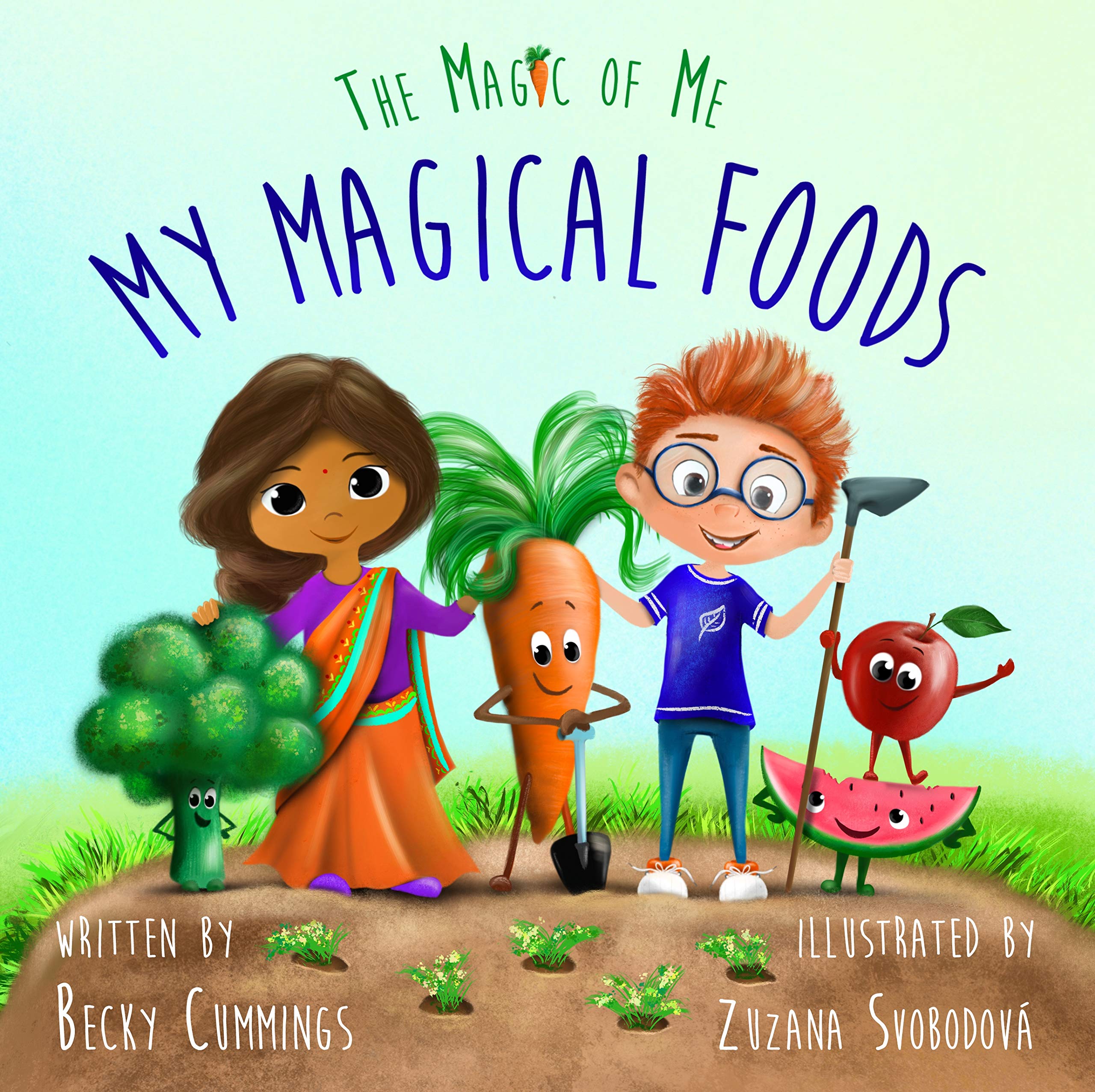The early years of childhood lay the foundation for a lifetime of learning. In this critical period, books emerged as a paramount influence. Books serve as invaluable companions in a child’s developmental journey. The significance of introducing books during early childhood extends far beyond literacy; it nurtures curiosity, fosters a love for exploration, and establishes a vital connection between parent and child.
- My Body Sends A Signal: Helping Children Recognize Emotion and Express Feelings by. Natalia Maguire

Summary: Children experience a wide range of feelings and emotions. However, some kids don’t have the vocabulary to express their feelings. Children often express emotions through tantrums, physical movements, and gestures. In this sweet and colorful book, children are explained what emotions are and where they come from. This book teaches children that every emotion felt is normal but can be expressed differently.
Book Influence: This book can help parents teach children about emotional well-being. The book teaches children that it’s normal to feel emotions. However, some emotions need to be expressed in different ways. Children are taught emotional self-regulation and strategies to manage and control their internal state. This book will help you explain emotions and how to describe them. This book also offers children new vocabulary to help them talk about emotions. Parents should allow children to talk about emotions and encourage their children to describe their internal state.
2. My Magical Foods by Becky Cummings

Summary: This colorful and vibrant book introduces children with picky eating behaviors to nutritious foods. The book helps instill healthy eating habits in young children through illustrations of cool animals with plant-based diets and vibrant pictures. The book teaches children about the natural process of fruits and vegetables and the variety of meals they can make.
Book Influence: This book offers parents strategies on how to incorporate fruits and vegetables into children’s diets. Parents can use this book to teach children about the importance of healthy foods and a balanced diet.
3. Polley and the Screen Time overload by Betsy Childs Howard

Summary:This book follows a girl named Polly, who used to like visiting her grandpa’s farm. However, all that came to a halt when she got a new tablet. Now, Polly spends her time in the house playing games and watching shows. This fun and vibrant book shows the reality of the overindulgence of technology and the consequences on family and social connections.
Book Influence: This book teaches parents and children the dangers of technology. The over consumption of technology by parents and kids negatively impacts their emotional, social, and cognitive well-being. Parents can introduce children to the importance of bonding with technology. Parents can talk to children about enjoying technology within healthy limits.
References:
Howard, B. (2022). Polley and the Screen Time overload. Crossway.
Maguire, N. (2020). My Body Sends A Signal: Helping Children Recognize Emotion and Express Feelings. Natalia Magvayr.
Cummings, B. (2020).My Magical Foods. Boundless Movement.
Lbreiseth. (2023, January 4). Choosing diverse books for your ells: Tips for educators. Colorín Colorado. https://www.colorincolorado.org/article/choosing-diverse-books-your-ells-tips-educators
NAEYC. (n.d.). Technology and young children: Preschoolers and Kindergartners. NAEYC. https://www.naeyc.org/resources/topics/technology-and-media/preschoolers-and-kindergartners




